When Will Roofing Prices Go Down? Insights for Homeowners
‘When will roofing prices go down?’ This is a common concern for homeowners dealing with high costs. While predicting exact timelines is difficult, prices might stabilize soon as supply chain issues and labor shortages ease. In this article, you’ll find insights on current costs, factors influencing them, and expert forecasts.
Key Takeaways
-
Roof replacement costs in 2024 range from $14,000 to $24,000, influenced by material choices, labor rates, and regional variations.
-
Rising roofing prices are driven by increased demand, supply chain disruptions, and labor shortages, with material costs accounting for 40-50% of total expenses.
-
For cost savings, homeowners should consider timing their projects during off-peak seasons and explore various financing options, while being aware of additional fees like clean-up and structural repairs.
Current Roofing Prices in 2024
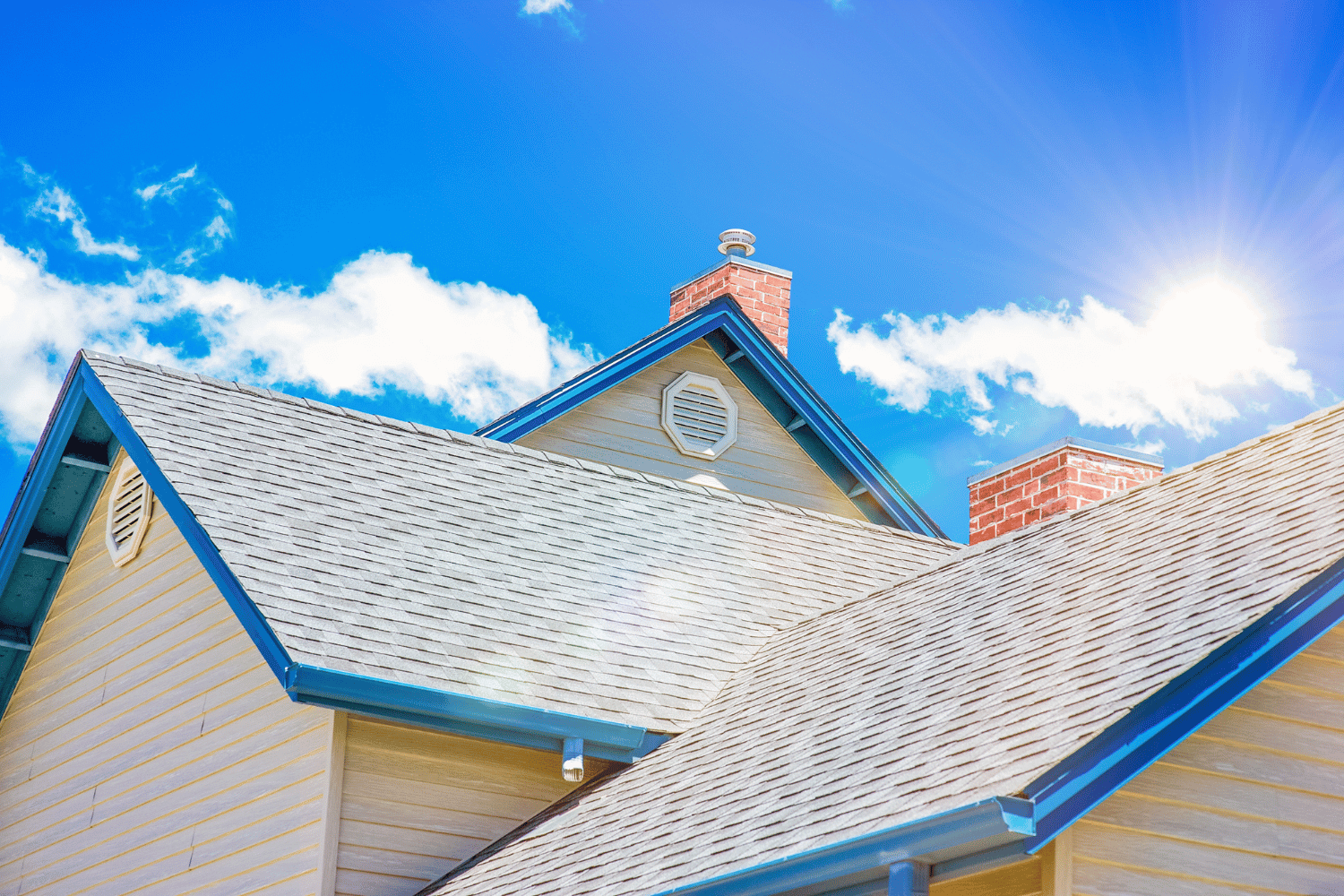
The average cost for a roof replacement in 2024 ranges from $14,000 to $24,000, depending on the quality of materials and the complexity of the roof. For an average-sized home, you might expect to pay around $18,000, reflecting the increased demand and rising material costs. These figures highlight how diverse and substantial the expenses can be for different roofing projects.
Multiple elements affect the total cost of a roofing project, making simple calculations insufficient. The choice of roofing materials, for instance, can significantly impact the overall budget. With metal roofs prices on the rise this year, it presents both a challenge and an opportunity for investment. Grasping these dynamics aids homeowners in more effective planning.
Impact of Rising Costs
Since 2020, roofing costs have surged by 20-40%. This increase is driven by several factors, including the rising prices of popular roofing materials, which now cost around $700, representing 40-50% of the total roof replacement costs. Labor shortages and rising energy costs also play a significant role in driving up production costs for roofing materials.
Transportation disruptions and other supply chain issues have further exacerbated the situation, contributing to higher costs. Steel prices, for instance, have been gradually increasing due to these disruptions. In the current economy, these factors collectively contribute to the overall rise in roofing expenses, making it essential for homeowners to budget effectively for their projects.
Regional Price Variations
Roof replacement costs can vary significantly across different regions due to local economic conditions and the availability of materials. In some areas, the prices of roofing materials might be higher due to limited supply or increased demand. Additionally, the rates charged by roofing contractors can differ based on regional market conditions and competition.
Recognizing these regional variations enables homeowners to budget more effectively for their roofing projects. Awareness of these differences allows homeowners to make more informed decisions about the timing and location of their roof replacement.
Factors Influencing Roofing Prices

Several key factors influence roofing prices, making it essential to understand what drives these costs. The primary contributors include the type of roofing materials used, the design of the roof, and the overall size and complexity of the project. Additionally, inflation and economic pressures continue to impact material costs, which are unlikely to decrease significantly in 2024.
The demand for roofing services and roofing projects remains high, particularly due to recovery efforts following natural disasters. This ongoing demand can lead to seasonal pricing fluctuations, which homeowners should consider when planning their upcoming roofing project.
Raw Material Costs
Fluctuations in raw materials prices have a direct impact on overall roofing costs. Currently, material costs account for 40-50% of total roof replacement expenses. Common roofing materials like asphalt shingles, wooden shakes, slate tiles, and metal roofing each have their own cost structures, with asphalt shingles being the most affordable option.
Future fluctuations in metal prices are expected, driven by factors such as demand and geopolitical events. These variations can lead to price hikes, making it essential for homeowners to stay informed about market trends when planning their roofing projects.
Labor Rates
Labor costs significantly contribute to the overall roofing expenses, often comprising up to 60% of the total cost. In urban areas, higher labor costs can lead to increased roofing prices compared to rural locations. This disparity is due to various factors, including the cost of living and the availability of skilled labor.
For example, a roof replacement in a metropolitan area might be more expensive due to higher labor rates compared to a similar project in a rural setting. Understanding these differences can help homeowners budget more accurately for their roofing needs.
Supply Chain Disruptions
Supply chain disruptions have been a significant factor in rising roofing prices. Recent trends show that many roofers have raised their prices due to increased demand and material shortages. Unexpected delays in material sourcing and transportation can further inflate prices for roofing projects.
These disruptions affect both homeowners and contractors, making it crucial to plan for potential delays and increased costs. Overall, supply chain issues contribute significantly to the fluctuation of roofing prices, impacting the planning and execution of roofing projects.
Expert Predictions on Roofing Prices

Experts suggest that roofing prices might stabilize as supply chain issues ease and labor shortages improve. However, several factors will continue to influence these prices, including economic conditions, seasonal trends, and potential market corrections. These predictions enable homeowners to plan their upcoming roofing projects more effectively.
Staying informed about market trends and expert predictions allows homeowners to make better decisions on the timing of roof replacements and budgeting for potential costs.
Economic Conditions
Economic conditions play a significant role in determining roofing prices. Inflation has impacted labor and material prices across the board, leading to rising costs in the roofing industry. The post-pandemic period has seen increased demand for roofing projects, further driving up prices.
High demand for metals during economic recovery also contributes to higher roofing costs. Additionally, extensive damage from natural disasters has maintained a high demand for roof replacements, further influencing prices.
Seasonal Trends
Historically, roofing prices tend to decrease in late fall and winter, making these seasons favorable for roof replacement. Homeowners can significantly reduce roofing costs by planning renovations during these off-peak periods. Avoiding inflated labor costs associated with high demand can lead to substantial savings.
Timing your roof replacement during off-peak seasons not only helps in cost reduction but also ensures better availability of roofing contractors. Optimal weather conditions in summer or fall can also be beneficial for shingle installation.
Potential Market Corrections
Market corrections could lead to a temporary drop in roofing prices as material supply improves. These corrections typically occur due to changes in supply and demand dynamics. Homeowners should stay informed about these potential adjustments to make timely decisions about their roofing projects.
While market corrections offer opportunities for cost savings, they can also be unpredictable. Therefore, planning for such scenarios can help homeowners avoid unexpected expenses and delays.
Cost-Saving Strategies for Homeowners
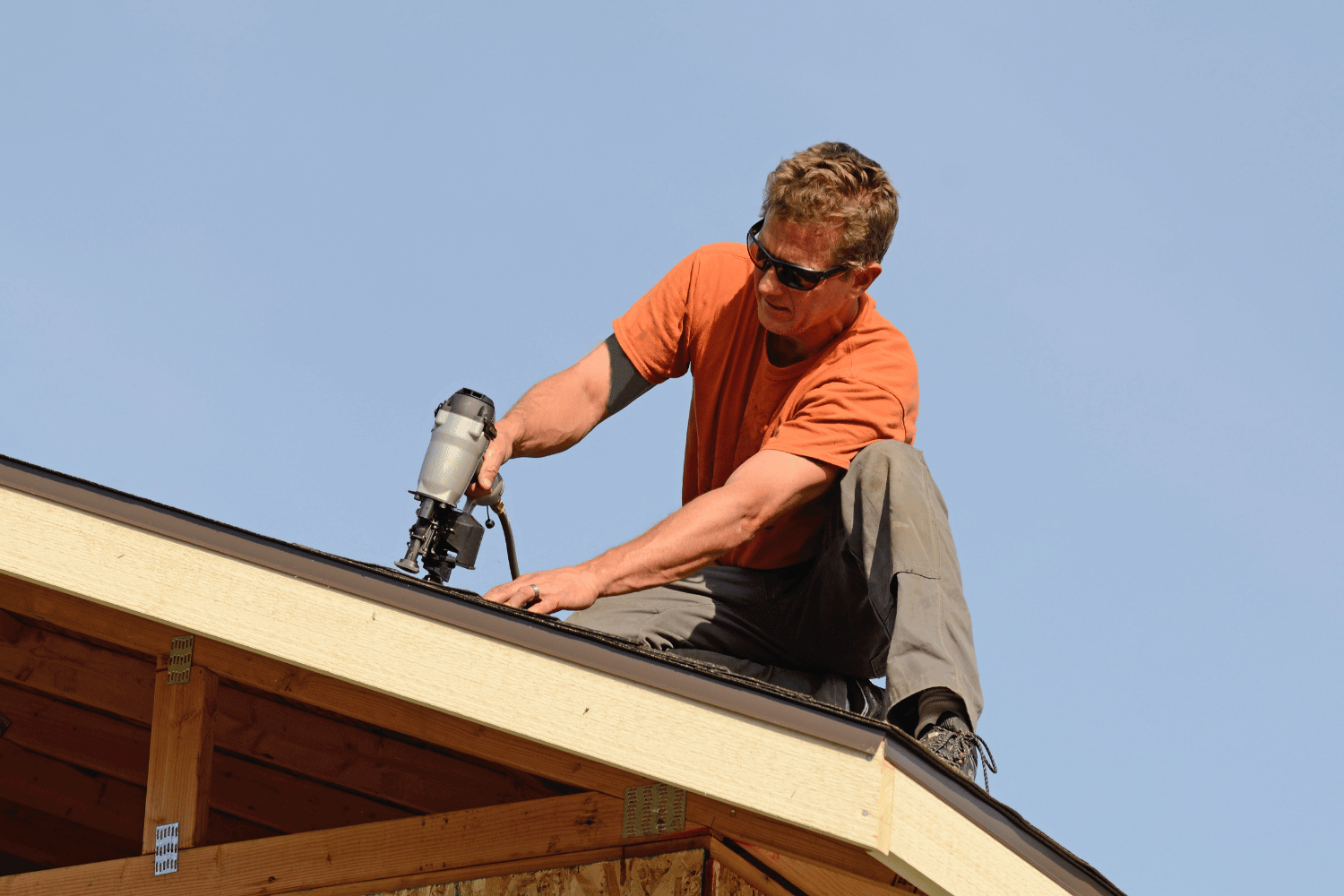
With roofing costs on the rise, homeowners need effective strategies to save money on their roofing projects. Scheduling roofing projects sooner rather than later can help avoid potential price increases. Many homeowners are encouraged to proceed with their projects now instead of waiting for price drops that may never come.
Investing in a roof replacement can lead to long-term savings by minimizing recurrent repair costs and improving energy efficiency. Following expert advice and careful planning enable homeowners to make informed decisions that save money over time.
Financing Options
Homeowners have various financing options available to help spread out the costs of roofing projects. Rapid Roofing offers financing assistance through flexible programs, including options with Michigan Saves. A popular choice is the 365-day option, which offers no interest if the loan is repaid within a year.
Other options include reduced interest loans with fixed rates and traditional installment loans with varying terms. Understanding these options can help homeowners make cost-effective and informed decisions about their roofing projects.
Choosing the Right Time for Roof Replacement
Choosing the right time for a roof replacement can lead to significant savings. Costs for additional structural repairs during a roofing project can range from $150 to $7,000, potentially increasing overall project expenses. Planning your roof replacement during off-peak seasons can help avoid inflated prices and unexpected repair costs.
Delaying a roof replacement can result in further damage, leading to higher costs in the long run. By timing their projects wisely, homeowners can reduce expenses and ensure a smoother process.
DIY vs. Professional Installation
Opting for DIY repairs can save homeowners between $2 to $7 per square foot by not paying for professional labor. However, it can lead to higher overall expenses if errors necessitate costly repairs. Professional contractors typically offer warranties on their work, providing added security and peace of mind.
Additionally, professionals often have access to better material pricing due to established supplier relationships. Weighing the pros and cons of DIY versus professional installation can help homeowners make the best decision for their specific needs and budget.
Additional Fees to Consider
Homeowners should be aware of additional fees that can arise during a roofing project. These extra charges can include costs for removing an old roof, structural repairs, and clean-up and disposal fees. Understanding these potential expenses can help homeowners budget more effectively and avoid financial surprises.
Planning for these additional fees is essential to ensure a smooth and cost-effective roofing project. By considering all possible expenses, homeowners can better prepare for the financial aspects of their roof replacement.
Removal of Old Roof
The cost to remove an old roof can range from $1 to $5 per square foot, depending on the complexity of the job. Opting for independent junk removal can also incur costs up to $600. These expenses should be factored into the overall budget for the roofing project.
Planning for the removal of the old roof helps homeowners avoid unexpected costs and keep their project financially on track.
Structural Repairs
Structural repairs during a roofing project can range from $150 to $7,000. Factors influencing these costs include the extent of damage, materials needed, and labor costs. Understanding these potential expenses is crucial for effective budgeting and planning.
Budgeting for potential structural repairs helps homeowners avoid financial strain and ensures a smoother roofing project.
Clean-Up and Disposal
Clean-up and disposal fees associated with roofing projects can range from $50 to $500. These costs are often overlooked but can significantly affect the overall budget. Planning for these expenses can help homeowners manage their roofing project more effectively.
Considering clean-up and disposal fees ensures that the project remains within budget and avoids unexpected costs.
The Importance of Timely Roof Replacement
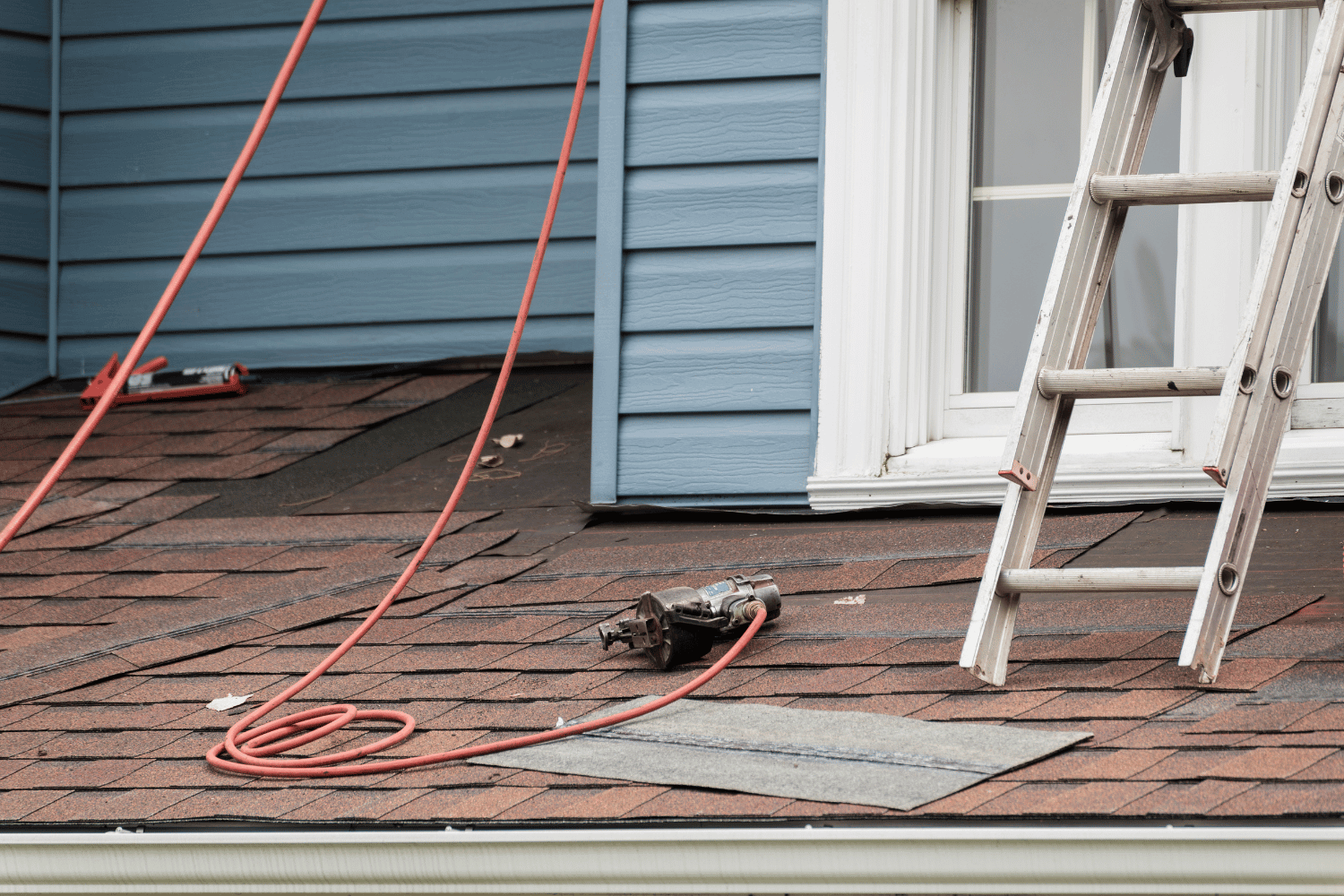
Timely roof replacement is crucial to avoid increased costs over time due to worsening damage and higher future prices. Regular inspections can help identify issues early, leading to significant cost savings on repairs. Modern roofing materials generally offer a longer lifespan compared to older options, enhancing the durability and value of the roof.
New roofs can also increase property value, making them more attractive to potential buyers. Enhanced warranty coverage from manufacturers provides added protection and peace of mind for homeowners. A new roof offers better protection against leaks, preventing severe water damage and mold growth.
Summary
In summary, understanding the factors influencing roofing prices can help homeowners make informed decisions about their roofing projects. From material costs and labor rates to supply chain disruptions, various elements contribute to the overall expenses. Expert predictions and seasonal trends provide insights into potential cost-saving opportunities.
By following the strategies outlined in this guide, homeowners can effectively manage their roofing projects, save money, and ensure a successful roof replacement. Remember, timely roof replacement not only enhances the value and safety of your home but also provides long-term financial benefits.
Frequently Asked Questions
What are the current average roofing costs in 2024?
In 2024, the average cost for roof replacement is between £12,000 and £20,000, influenced by the quality of materials and the complexity of the roof. It’s essential to consider these factors when budgeting for your roofing project.
How do supply chain disruptions affect roofing prices?
Supply chain disruptions result in material shortages and transportation delays, driving up roofing prices. Consequently, it’s essential to anticipate these factors when budgeting for roofing projects.
When is the best time to schedule a roof replacement to save on costs?
Scheduling a roof replacement in late fall or winter can save you on costs, as prices typically decrease during these seasons. This timing allows you to take advantage of lower rates while ensuring your roof is well-maintained.
What financing options are available for roofing projects?
You can consider options like 365-day no-interest plans, reduced interest loans, and traditional installment loans with flexible terms for your roofing project. Each option allows you to choose what best fits your financial situation.
What are the additional fees to consider in a roofing project?
It’s essential to account for additional fees such as old roof removal, necessary structural repairs, and clean-up and disposal costs, as these can significantly affect your overall roofing budget.

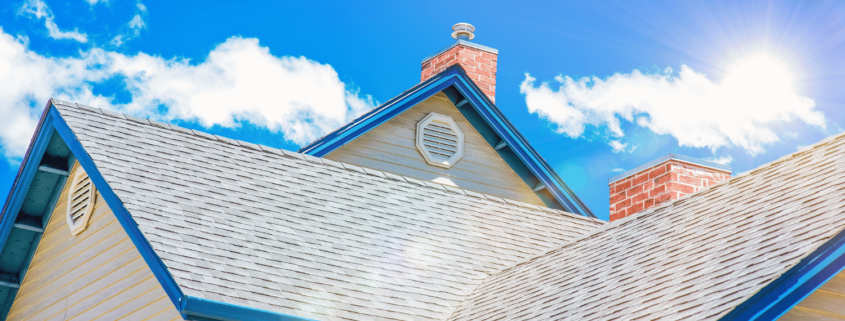

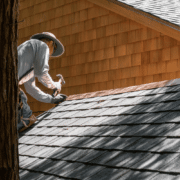
 Residential Roofing
Residential Roofing Storm Damage
Storm Damage Multi-Family Homes
Multi-Family Homes
